The Great Wall of China is more than just an ancient fortification; it’s a symbol of China’s rich history and cultural heritage. Stretching over 13,000 miles (21,000 kilometers), this magnificent structure is one of the most visited tourist destinations in the world and a UNESCO World Heritage site. Built over several dynasties, the Great Wall was initially constructed to protect China from invasions and raids. Today, it stands as a remarkable testament to human perseverance, ingenuity, and architectural brilliance.
Visiting the Great Wall of china is a once-in-a-lifetime experience, but with its vast expanse and numerous sections, planning a trip can feel overwhelming. This detailed guide will cover everything you need to know, from its historical significance to practical tips on how to make the most of your visit. Whether you’re looking for facts, pricing details, or insider travel advice, this article has you covered.
1. A Brief History of the Great Wall of China
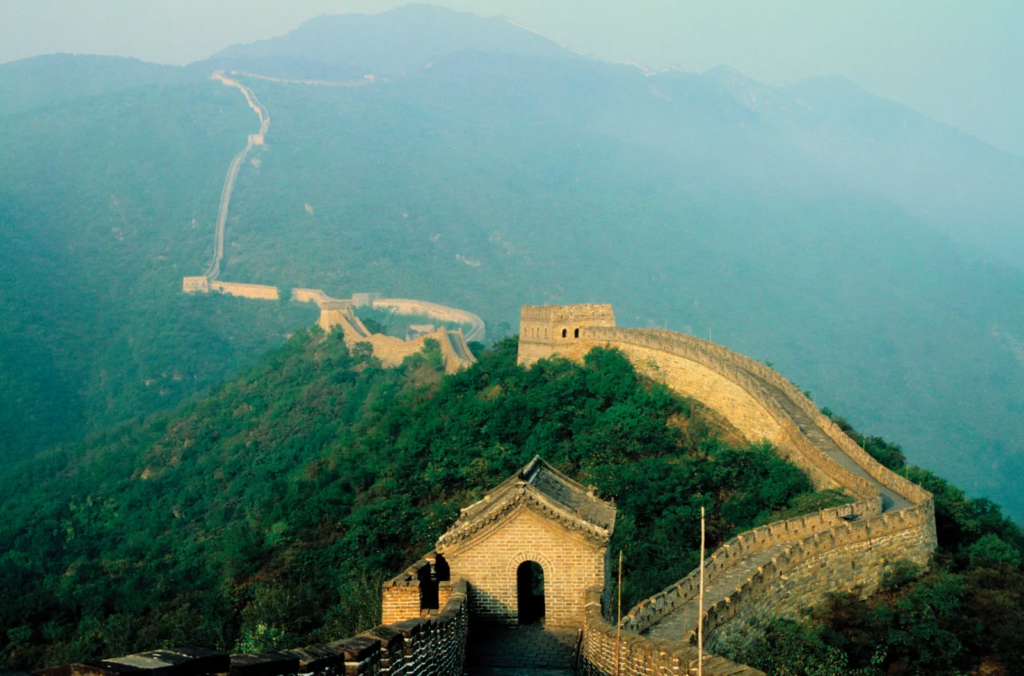
The origins of the Great Wall of china can be traced back to the 7th century BC during the Warring States period. However, the most famous sections of the wall were constructed during the Ming Dynasty (1368–1644) to protect the northern borders of the empire from Mongol invasions. The wall wasn’t a single continuous structure; instead, it consisted of various walls, trenches, and natural barriers like rivers and mountains, which were strategically linked.
The construction of the wall involved millions of workers—soldiers, peasants, and even prisoners—many of whom died due to harsh working conditions. Made primarily of stone, brick, tamped earth, and wood, the wall winds through deserts, plateaus, mountains, and plains, making it one of the most challenging engineering feats in human history.
Today, several sections of the Great Wall remain well-preserved, while others have succumbed to natural erosion or human damage. Despite this, it remains one of the greatest architectural marvels in the world, drawing millions of tourists every year.
2. Facts About the Great Wall of China
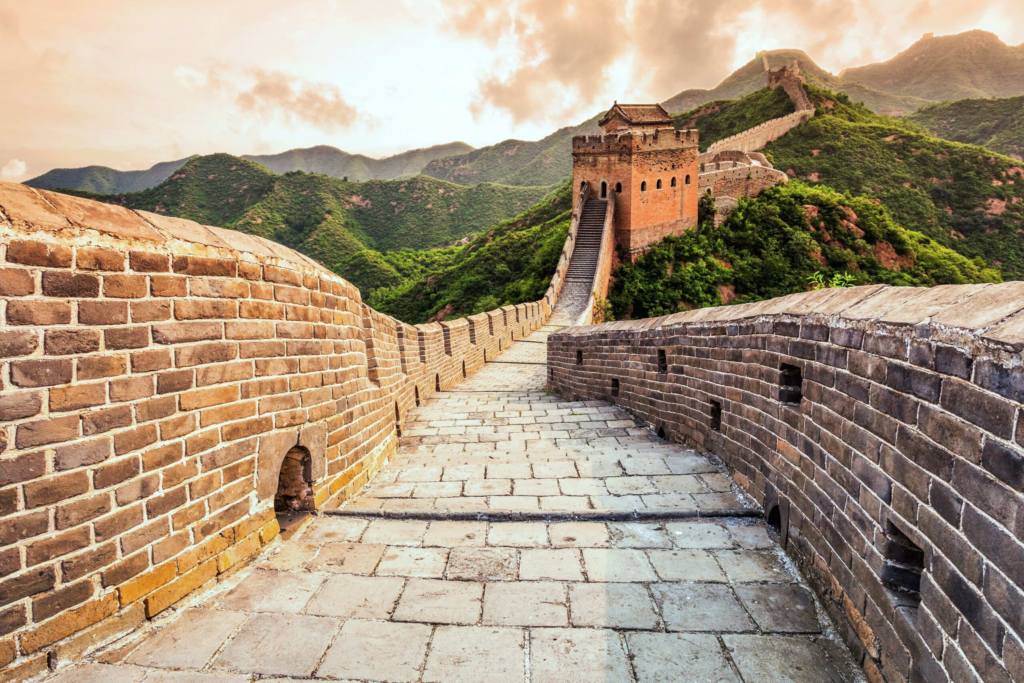
- Length: The Great Wall is approximately 21,196 kilometers (13,171 miles) long, making it the longest structure ever built by humans.
- Height: On average, the wall stands around 7-8 meters (23-26 feet) tall, though this varies in different sections.
- Width: The wall is typically about 4-5 meters (13-16 feet) wide, allowing enough space for soldiers and even horses to traverse its length.
- Construction Time: It took over 2,000 years to construct the Great Wall in various phases, with most of the well-preserved sections built during the Ming Dynasty.
- Purpose: Originally, the wall was designed to defend against invasions, particularly from Mongol forces. It also served as a means to control immigration and emigration.
- World Wonder: The Great Wall was declared a UNESCO World Heritage site in 1987 and is often listed as one of the New Seven Wonders of the World.
- Tourism: Every year, the Great Wall of china sees around 10 million visitors. However, the busiest sections, such as Badaling, can see tens of thousands of visitors per day, especially during holidays.
3. The Most Popular Sections of the Great Wall to Visit
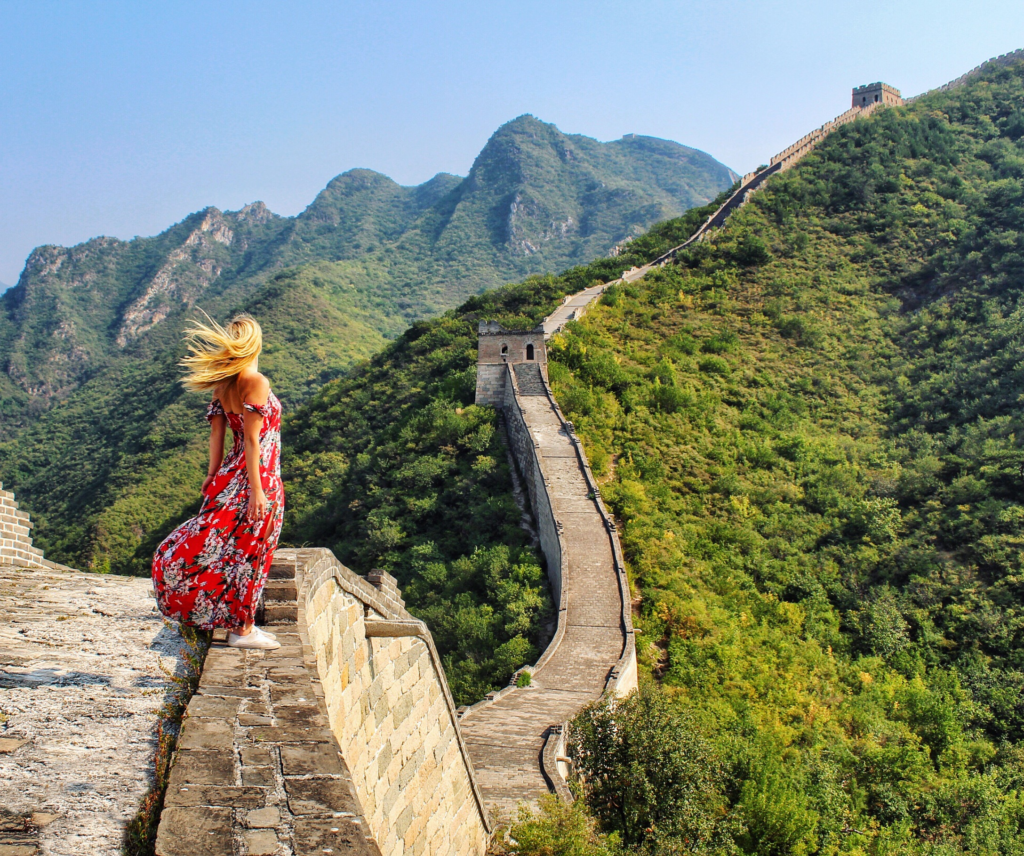
With thousands of kilometers to explore, it’s crucial to choose the right section of the Great Wall of china based on your preferences, physical condition, and time constraints. Here’s a breakdown of some of the most popular sections:
a) Badaling (八达岭)

- Location: About 80 kilometers (50 miles) northwest of Beijing.
- Why Visit: Badaling is the most famous and most visited section of the Great Wall of china . It’s easily accessible from Beijing and well-restored, making it an excellent choice for families, elderly tourists, and those who want a convenient and comfortable visit.
- Tourist Facilities: Badaling has excellent tourist infrastructure, including cable cars, a Great Wall Museum, and numerous shops and restaurants.
- Crowds: Badaling can be very crowded, particularly on weekends and public holidays. However, it offers spectacular views and an easy-to-walk pathway.
- Entrance Fee: Around 45 CNY ($7 USD) for the peak season (April to October) and 40 CNY ($6 USD) for the off-season (November to March).
- Cable Car Fee: 140 CNY ($22 USD) for a round trip.
b) Mutianyu (慕田峪)
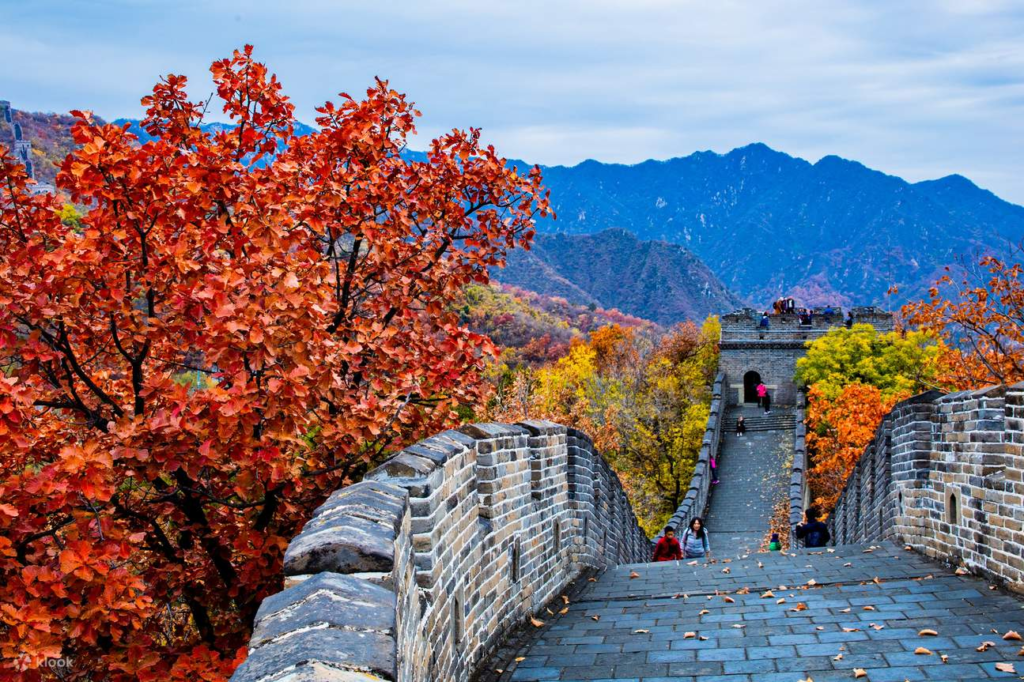
- Location: 70 kilometers (43 miles) northeast of Beijing.
- Why Visit: Mutianyu is a popular alternative to Badaling, offering stunning views with fewer crowds. It’s also well-preserved and features a mix of steep sections and easier paths, making it suitable for most visitors.
- Tourist Facilities: Mutianyu has a cable car, chairlift, and a thrilling toboggan ride down the wall, adding to its appeal for tourists.
- Crowds: Mutianyu is less crowded than Badaling, making it a more peaceful option while still offering excellent views.
- Entrance Fee: 40 CNY ($6 USD).
- Cable Car Fee: 120 CNY ($19 USD) for a round trip.
c) Jinshanling (金山岭)
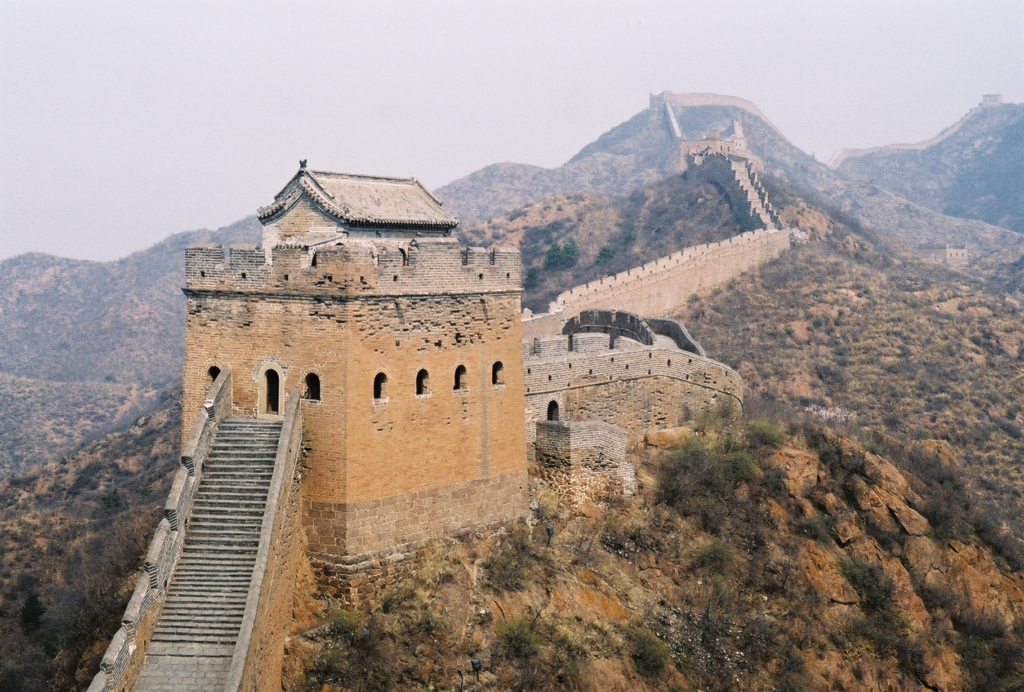
- Location: About 130 kilometers (80 miles) northeast of Beijing.
- Why Visit: Jinshanling is a favorite among hikers and photographers. The wall here is partially restored, offering a more authentic experience. The views are breathtaking, and the area is much quieter compared to Badaling and Mutianyu.
- Tourist Facilities: Limited tourist facilities, but the lack of commercialism makes it appealing for those seeking a more adventurous and serene experience.
- Crowds: Much less crowded, perfect for those wanting to avoid large tourist groups.
- Entrance Fee: 65 CNY ($10 USD).
- Hiking: Jinshanling is ideal for a longer hike, and some visitors combine it with a trek to the nearby Simatai section.
d) Simatai (司马台)

- Location: About 120 kilometers (75 miles) northeast of Beijing.
- Why Visit: Simatai is known for its dramatic and steep sections, making it a challenging yet rewarding experience for serious hikers. It’s one of the few sections of the wall that allows night visits, providing a unique opportunity to see the wall illuminated under the stars.
- Tourist Facilities: Basic facilities, but the section is more rugged and less commercialized than Badaling.
- Crowds: Simatai is quieter and less crowded, making it a good option for adventurous travelers looking for a more remote experience.
- Entrance Fee: 40 CNY ($6 USD).
- Night Tours: Night access is available, with tickets costing around 160 CNY ($25 USD).
e) Jiankou (箭扣)
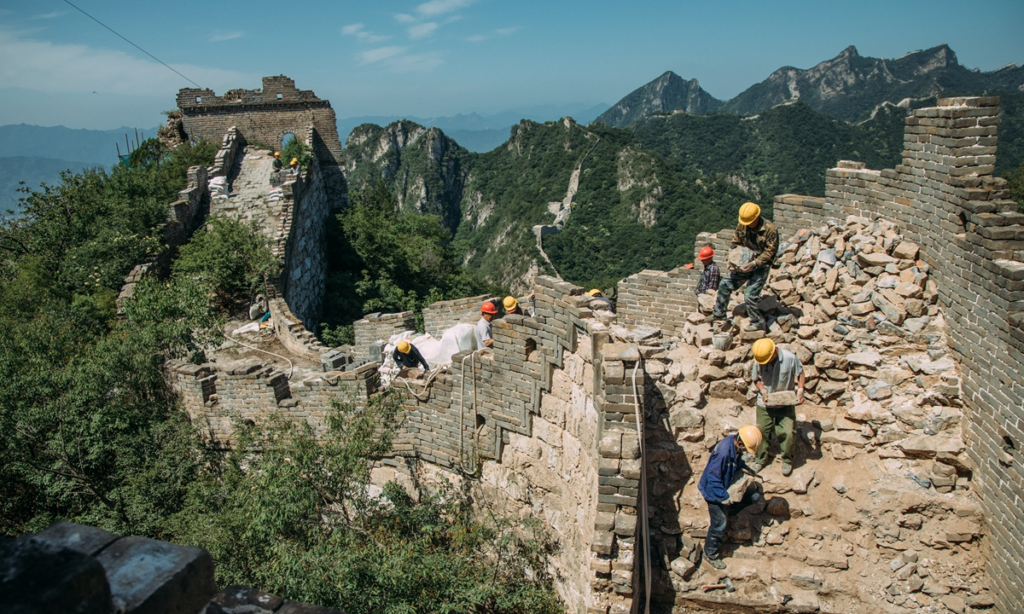
- Location: 100 kilometers (62 miles) northwest of Beijing.
- Why Visit: Jiankou is the wildest and most dangerous section of the Great Wall. It’s completely unrestored and overgrown, attracting thrill-seekers and serious hikers. The rugged beauty of the wall at Jiankou makes it a photographer’s dream, but it’s not for the faint of heart.
- Tourist Facilities: There are no tourist facilities here. It’s an untamed section of the wall, so you need to be prepared with water, snacks, and proper hiking gear.
- Crowds: Very few tourists, offering an isolated and rugged adventure.
- Entrance Fee: No official entrance fee, but local guides or transportation costs may apply.
4. Best Time to Visit the Great Wall of China

The Great Wall is open year-round, but the best time to visit is during the spring (April to May) and autumn (September to October) seasons. During these periods, the weather is mild, and the scenery is stunning, with blooming flowers in spring and vibrant foliage in autumn.
- Spring (April-May): Expect pleasant weather, with temperatures averaging between 10-20°C (50-68°F). This is a great time to visit if you want to see the wall surrounded by lush greenery and blooming wildflowers.
- Autumn (September-October): Autumn is another excellent time to visit, as the air is crisp and the Great Wall is surrounded by colorful fall foliage. Temperatures range between 10-25°C (50-77°F).
- Summer (June-August): Summer brings hot and humid weather, with temperatures reaching up to 30°C (86°F). This is also the busiest tourist season, especially during the Chinese school holidays. If you visit in summer, plan for an early morning or late afternoon trip to avoid the worst of the heat and crowds.
- Winter (November-March): While winter is cold and sometimes snowy, it offers a unique and serene experience. The Great Wall, dusted with snow, can be a magical sight. Be prepared for temperatures that can drop below freezing, especially in the mountainous sections.
5. How to Get to the Great Wall of china

From Beijing
The easiest way to reach the Great Wall is from Beijing. Depending on which section you plan to visit, you can travel by bus, train, or taxi. Here’s a breakdown of transportation options:
- Badaling:
- By Train: Trains from Beijing North Railway Station (S2 Line) take about 1.5 hours. Tickets cost 6 CNY ($1 USD).
- By Bus: Bus No. 877 runs directly from Deshengmen Bus Station in Beijing to Badaling. The ride takes around 1.5-2 hours and costs about 12 CNY ($2 USD).
- By Private Taxi: Taxis from Beijing to Badaling typically cost around 300-400 CNY ($45-$60 USD) one way, depending on traffic and your negotiating skills.
- Mutianyu:
- By Bus: Bus 916 Express from Dongzhimen Hub Station to Huairou, then transfer to a local minibus to Mutianyu. The total cost is around 30 CNY ($5 USD), and the journey takes about 2 hours.
- By Private Taxi: A taxi from Beijing to Mutianyu costs approximately 400-500 CNY ($60-$75 USD).
- Jinshanling:
- By Bus: There are direct buses from Wangjing West Subway Station in Beijing to Jinshanling. The trip takes about 2-3 hours and costs around 50 CNY ($8 USD).
- By Private Taxi: A taxi to Jinshanling will cost around 600 CNY ($90 USD).
Tour Packages
If you prefer a more organized approach, several tour operators in Beijing offer guided tours to the Great Wall. These tours often include transportation, entrance fees, and meals, with prices ranging from 300-800 CNY ($45-$125 USD) depending on the section and the tour’s inclusions.
6. Prices and Additional Costs

When planning your visit to the Great Wall, it’s essential to consider the costs beyond just the entrance fees. Here’s a summary of expenses you may encounter:
- Entrance Fees:
- Badaling: 45 CNY ($7 USD) peak season, 40 CNY ($6 USD) off-season.
- Mutianyu: 40 CNY ($6 USD).
- Jinshanling: 65 CNY ($10 USD).
- Simatai: 40 CNY ($6 USD).
- Jiankou: No official fee.
- Cable Car Fees:
- Badaling: 140 CNY ($22 USD) round trip.
- Mutianyu: 120 CNY ($19 USD) round trip.
- Private Transportation: Hiring a private taxi to the Great Wall can range from 300-600 CNY ($45-$90 USD) depending on the section.
- Guided Tours: Group tour packages from Beijing typically range from 300-800 CNY ($45-$125 USD), depending on the section and services included.
- Food and Souvenirs: At tourist-heavy sections like Badaling and Mutianyu, food and souvenirs can be relatively expensive. Expect to pay around 50-100 CNY ($8-$15 USD) for a meal.
7. Practical Tips for Visiting the Great Wall
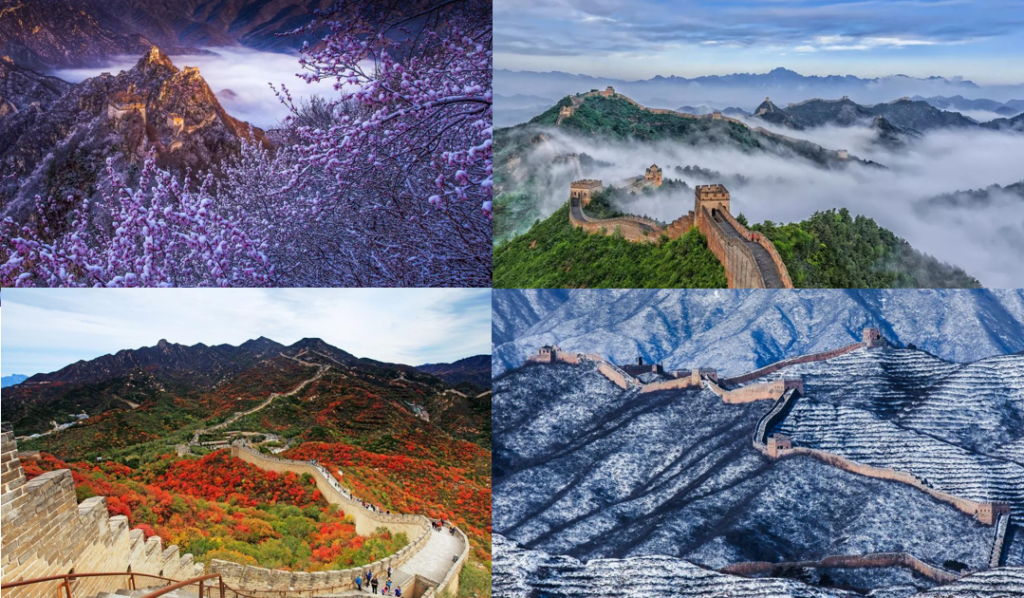
- Wear Comfortable Shoes: The Great Wall is not an easy walk, especially in the steeper sections. Make sure to wear comfortable, sturdy shoes with good grip.
- Stay Hydrated: Bring plenty of water, especially if you’re visiting during the warmer months. While some sections have vendors, prices are often inflated.
- Be Prepared for the Weather: The Great Wall is exposed to the elements, so check the weather forecast and dress accordingly. Sunscreen and a hat are essential in summer, while layers and gloves are a must in winter.
- Avoid the Crowds: If you want to experience the Great Wall without the large crowds, aim for an early morning visit or explore less popular sections like Jinshanling or Simatai.
- Take Your Time: The Great Wall is steeped in history, and its views are breathtaking. Don’t rush through your visit—take the time to explore, enjoy the scenery, and reflect on the centuries of history that surround you.
The Timeless Allure of the Great Wall
Visiting the Great Wall of China is more than just ticking off a box on a travel bucket list; it’s an opportunity to connect with one of the most iconic and awe-inspiring structures ever built. Whether you’re a history enthusiast, an adventurous hiker, or simply a traveler seeking new experiences, the Great Wall offers something for everyone. With careful planning, an appreciation for its history, and an open mind, your journey to the Great Wall will be a memorable and enriching experience.
From the bustling tourist hubs of Badaling to the serene and wild stretches of Jiankou, the Great Wall offers a glimpse into China’s past while standing tall as a symbol of human ingenuity and perseverance. So pack your bags, lace up your hiking boots, and prepare for an unforgettable journey along one of the greatest wonders of the world.
Keep reading: Top 7 Cities Must Visit in China








